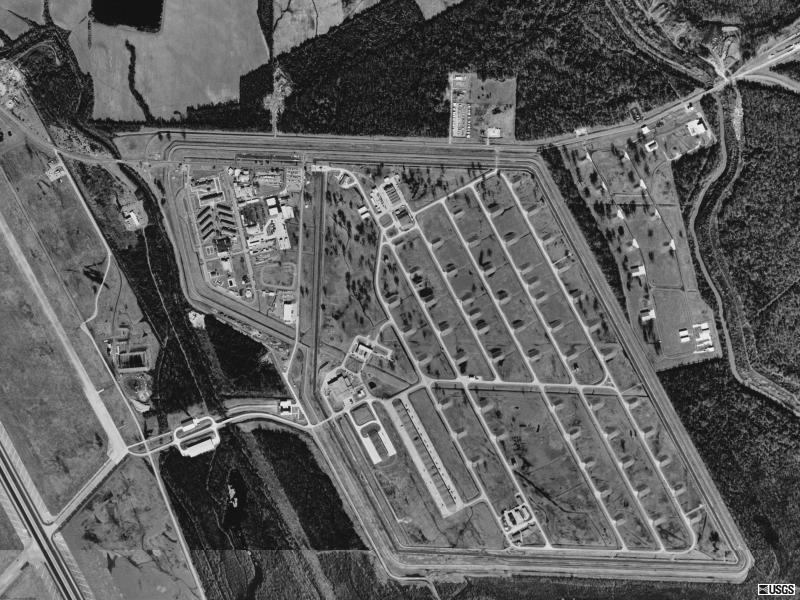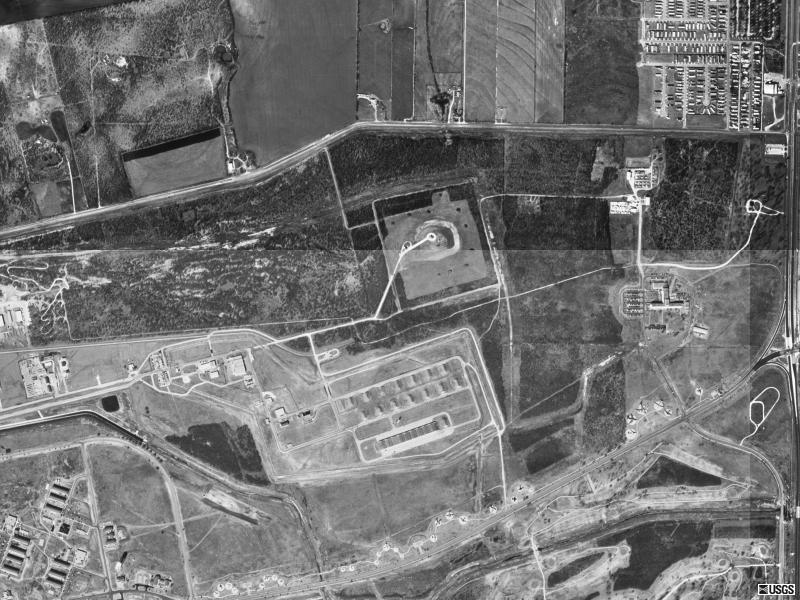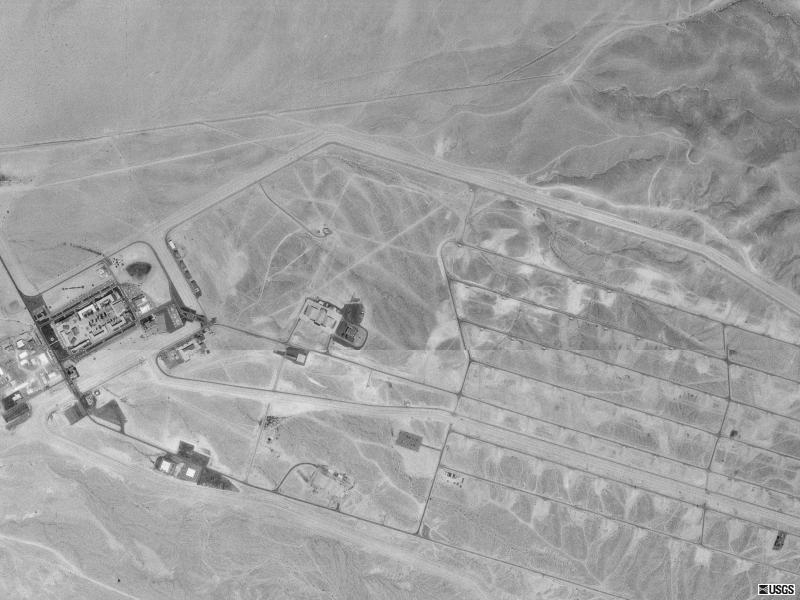|
24 August 2003
http://www.dtic.mil/whs/directives/corres/pdf/31508m_1299/p31508m.pdf
(385 pages, 3.5MB)
Nuclear Weapon Accident Response Procedures (NARP) Manual
![[Image]](narp-01.jpg)
This manual has been developed by the Defense Threat Reduction Agency (DTRA)
under the authority of the Department of Defense (DOD) Directive (DODD) 3150.8,
DOD Response to Radiological Accidents, June 13, 1996, and supersedes DOD
Manual 5100.52-M, Nuclear Weapon Accident Response Procedures (NARP) Manual,
September 4, 1990.
This manual applies to the Office of the Secretary of Defense (OSD), the
Military Departments (including the U.S. Coast Guard when it is operating
as a Military Service in the U.S. Navy), the Chairman of the Joint Chiefs
of Staff (CJCS), the Combatant Commands, the Defense Agencies, other Federal
organizations when operating with DOD, and the DOD Field Activities (hereafter
referred to collectively as "the DOD Components"). The term "Services," as
used herein, refers to the U.S. Army, Navy, Air Force, and Marine Corps.
This manual is effective immediately (its use is mandatory by all DOD
components).
The NARP provides Combatant Commanders, Services, Response Task Force (RTF)
Commanders and Initial Response Force (IRF) Commanders with the information
necessary to understand the overall response concept, the role of the IRF
and RTF, the relationship of the IRF, RTF, and DOD to other Federal agencies.
This manual also provides guidance in conducting site remediation activities
following an accident involving a nuclear weapon in DOD custody or other
types of radiological accidents or incidents. It assumes that a radiological
release of some magnitude has occurred and that some remediation of the affected
land is required. It is not intended as a comprehensive document to encompass
all aspects of site remediation, but seeks to define a process by which response
organizations may effectively face the challenge of site remediation.
This manual provides a notional RTF organization, identifies applicable DOD
publications and resources used in response efforts, describes the policies
and responsibilities outlined in these publications, identifies specific
radiological information available in other publications, and provides a
basis for Combatant Command and RTF planners to develop detailed plans tailored
to each Theater of Operations and RTF area of operations. It provides a framework
for DOD elements responding to non-DOD radiological events. This manual also
describes the substantial resources other Federal agencies make available
to assist in the response effort.
This manual will be widely disseminated and made available to all commanders
and staff who are tasked to primarily respond to a nuclear weapon accident
and, secondly, to radiological accidents or incidents. It should serve as
a guide for more detailed planning by response forces and will be used to
improve training and exercise programs.
BENT SPEAR. A DoD term used to identify and report a nuclear weapon significant
incident involving a nuclear weapon/warhead, nuclear component, or vehicle
when nuclear loaded.
BROKEN ARROW. A DoD term to identify and report an accident involving a nuclear
weapon, warhead, or nuclear component.
DULL SWORD. A team used in DoD to identify and report a nuclear weapon safety
deficiency.
EMPTY QUIVER. A reporting term used by DoD to identify and report the seizure,
theft, or loss of a U.S. nuclear weapon.
FADED GIANT. A reporting term to identify an event involving a nuclear reactor
or radiological accident.
Radiological Event. Used to refer to any accident, incident, or
significant incident involving radioactive materials in DoD custody or any
Improvised Nuclear Device (IND) incident involving other materials. This
includes BROKEN ARROW, BENT SPEAR, and EMPTY QUIVER.
20 June 2002. Add Ellsworth AFB and Loring AFB. Thanks to M, see related
nuclear missile fields associated with some of these bases:
http://www.angelfire.com/tx/missileaway/
From
http://www.nrdc.org/nuclear/tkstock/p53-94.pdf
A Defense Special Weapons Agency (DSWA) funded and Air Combat Command sponsored
force-on-force exercise, called “Mighty Guardian 94” was held at
Ellsworth AFB in May 1994. The exercise showed that increased physical delay
is crucial in resource allocation and security police training and tactics
for the security of nuclear weapons. On December 30, 1994, the Chief of Staff
of the Air Force signed a memorandum, concerning “Nuclear Storage Area
Security Improvements,” and emphasized the need to enhance the security
facilities and tactics used to secure nuclear weapons and urged units with
WSAs to “find effective and affordable ways to address the problems.”
This has led to improved anti-terrorism security measures at nuclear facilities
throughout the U.S.
18 June 2002. Add Fairchild AFB and number of nuclear weapons at each base.
M writes:
You published:
>Bangor, WA, Naval WSA (portion; big color photo at link)
>Coordinates:
>47N 43' 05", 122W 42' 53"
>5,285,000.0, 521,400.0
Alas, you are missing the UTM longitude and latitude zone. Also, to
be strictly pedantic about it, the easting should come before the
northing. So the above entry ought to read:
>10T 521400 5285000
However a more compact notation which allows for variable precision is the
"military grid reference system" (MGRS), which has recently become the "United
States National Grid" (USNG). If you have seen gun-sight footage from helicopters
or bomb-site stuff from planes, you may have noticed the MGRS references
of the platform near one edge of the display.
In that form, the above becomes:
10TET214850
Though some like to add spaces:
10T ET 214 850
Anyways, in this form, your entire list is:
WSA BANGOR 10T ET 214 850
WSA BARKSD 15S VR 396 968
WSA CHARLE 17S NS 956 526
WSA DYESS 14S MA 222 888
WSA GFORKS 14T PU 213 109
WSA KINGSB 17R MQ 488 056
WSA KIRKLD 13S CU 624 746
WSA MALMST 12T VT 876 618
WSA MINOT 14U LU 289 645
WSA NELLIS 11S PA 836 138
WSA NORTHI 11S MS 792 168
WSA WARREN 13T EF 101 545
WSA WHITEM 15S VC 532 866
WSA YORKTN 18S UG 590 212
Suitable for entry into the weapon system of your choice! ;-)
If you want more challenging targets, you can try these [North Dakota missile
silos]:
N48o27.46' W102o24.48' [TerraServer URL]
N48o44.23' W102o19.65' [TerraServer URL]
[48N 12' 05", 102W 13' 39" TerraServer URL]
I found these by browsing around TerraServer with the hints from some online
maps of ICBM silos. Look for small, but bright, rectangles with some
whitish areas inside. Tedious work. Better to send a local out
with a GPS receiver. Perhaps a cartome community mapping project?
17 June 2002
To see more of these sites enter the coordinates at
TerraServer,
Advanced Find, or
MapQuest, Latitude
and Longitude.
See related US Nuclear Power Plants:
http://cryptome.org/eyeball/npp/62npp-eyeball.htm
These show US nuclear weapons storage areas (WSAs) based on the report
Taking Stock: Worldwide
Nuclear Deployments 1998, by William M. Arkin, Robert S. Norris and
Joshua Handler, published in March 1998 by the
Natural Resources Defence Council. The
report emphasizes that the information on nuclear weapons is highly secret
and may be different from that described. Locations may have changed since
1998, the date of the report, as well as since the date of the photos below.
This covers weapons storage areas only, not those on naval vessels, in aircraft
and missile silos or overseas. The NRDC report describes the full range.
Source of base locations and weapons count only:
http://www.nrdc.org/nuclear/tkstock/p53-94.pdf
Photos and coordinates of the WSA within bases by Cryptome.
(TerraServer aerial
photos are all the same scale.)
|

![[Image]](narp-01.jpg)
















